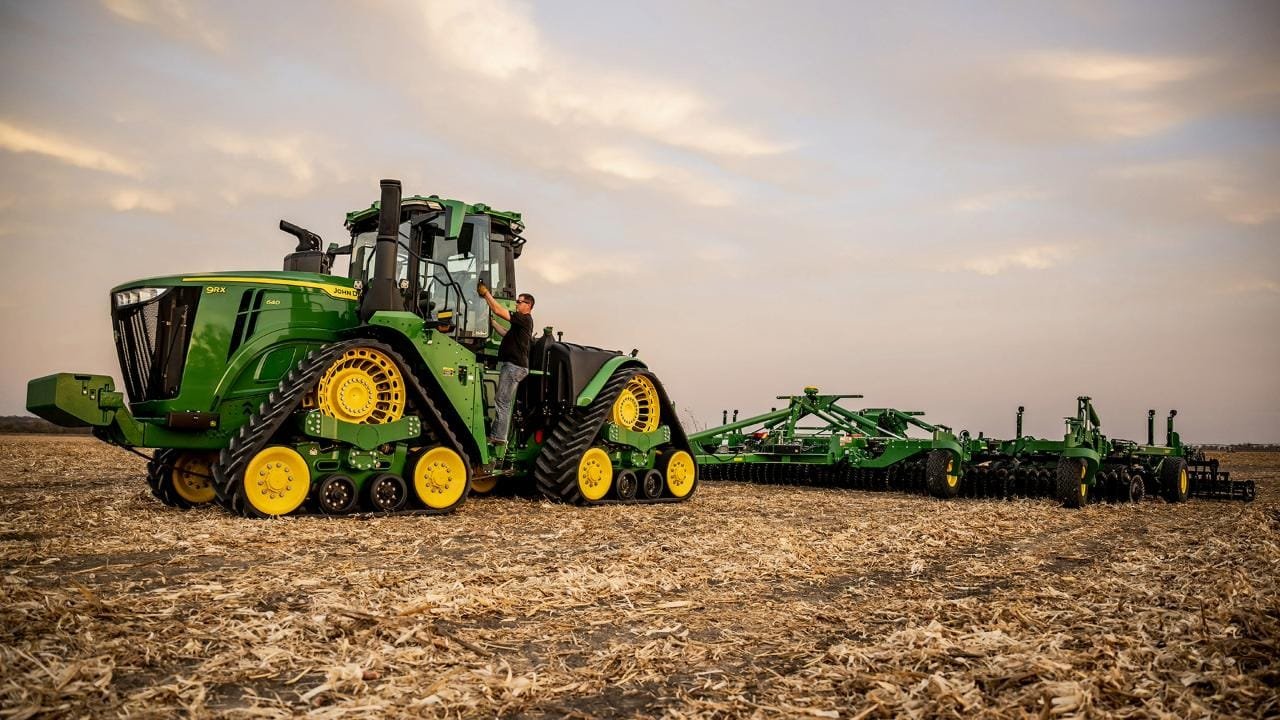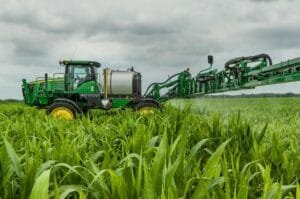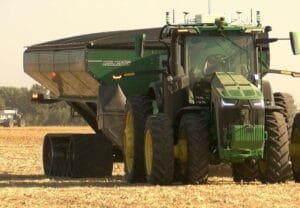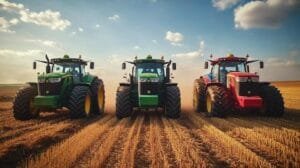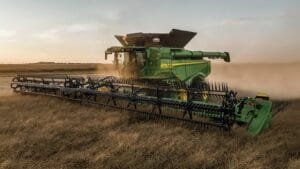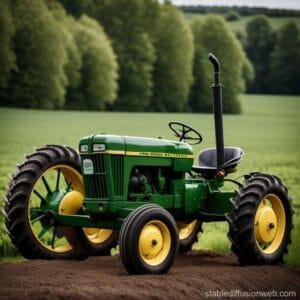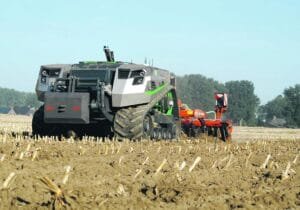Midwestern farmers, for generations accustomed to mending their own tools, now find themselves tangled in digital red tape. Today’s combine isn’t just steel and torque—it’s controlled by labyrinthine software that requires cryptic authorization codes, a shift creating mounting frustration across the Corn Belt. Once able to wrench open a balky implement on a gray spring morning and have it running before noon, many growers now can’t even swap out a faulty sensor without calling in sanctioned technicians.
A decade ago, few could predict this swift decline in hands-on repairability. Jake Lieb’s story is hardly unique: during last year’s harvest, his brand new tractor abruptly ceased operation. A week afterward, his combine—a crucial aspect of his livelihood—suffered the same fate. Jake couldn’t address either fault directly due to embedded software restrictions; fixes could only proceed once an official technician completed remote diagnostics. While he waited (for days), crops ripened toward vulnerability—a spell as uncomfortable for seasoned operators as waiting on tenterhooks.
Previously reliable machinery has grown untrustworthy not because of rust or cracked manifolds but firmware roadblocks. It may sound like science fiction; it’s really just the day-to-day reality in rural Illinois or Nebraska. The contemporary tractors are networked computers on wheels—autonomous vehicles capable of working sunup to sundown without coffee breaks or stories about last year’s drought.
With manufacturers like John Deere implementing digital locks via embedded codes inaccessible except through proprietary tools and select dealers’ hands, farmers contend with “authorized use” loops worthy of Kafka. For emissions repairs especially—or any override requiring “machine-specific data”—the independent mechanic is boxed out entirely.
This transformation didn’t happen overnight nor absent protest; right-to-repair advocates first pushed the issue at statehouses several seasons ago. Momentum faltered recently when major manufacturers inked memorandums with farm bureaus agreeing to sell diagnostic equipment—but these kits don’t offer full access granted internally at corporate headquarters. Farmers still say key information remains locked away behind virtual velvet ropes.
Not all changes are met with hostility—the advance into autonomy attracted some enthusiasm early on. Monitoring operations from afar using smartphone apps feels almost mythic compared to pre-cellular days scraping mud from boots before breakfast. Russell Michael operates autonomous tractors that give him flexibility hard-won by previous generations wielding nothing smarter than socket sets and ledger books.
It’s easy to see why automation dazzles some while alienating others—the pace is dizzying but unevenly distributed among farming types and age brackets (corn producers bracing for rainstorm loss might pine for simpler machines even while orchard operators invest in cloud-linked fleets). Yet there remains contradiction: Even as high-tech agri-giants tout seamless integration between fieldwork and digital dashboards at trade shows like CES 2025,, plenty of their best customers rely ever-more frequently upon aging equipment simply because fixing what ain’t broke—or rather what doesn’t require encrypted diagnostics—means work actually gets done.
Market turbulence amplifies all frustrations rooted inside those engine compartments humming below sterile plastics: since 2013 the price tag of parts alone ballooned over 20 percent; per-horsepower tractor costs have multiplied exponentially too, leaving some farmers searching auctions for used rigs rather than rolling new ones out each spring.
While public-facing statements from industry leaders suggest increased transparency—a nod here towards federated agreements promising maintenance manuals—the feeling persists among independent repair shops (and more quietly among field-hardened family heads) that effective self-repair has mostly vanished past arm’s reach.
Meanwhile Congress circles these debates warily; Federal Trade Commission inquiries into John Deere’s practices remain unresolved, suggesting policy answers lag months or years behind daily hardship carried by actual operators watching another idle planter gleaming under utility lights instead of churning up April soil.
Most who live by land understand resilience isn’t found merely within revenue streams but within adaptability itself—even if today adaptability means firing up whatever mid-aughts diesel happens not yet marginalized by a silicon-imposed lockout sequence nobody asked for.
It would be lovely if broader adoption of agri-tech delivered seamless profit increases coast-to-coast—but sometimes there’s wisdom worth recalling from old fables involving too many cooks stirring one battered cauldron: modern convenience must not dilute practical expertise standing ready beside every fence line etched scarred against prairie wind.
For now? Midwest fields host an uneasy spectacle: cutting-edge hardware stalled amid weather-beaten classics—and human ingenuity wedged somewhere between code strings none expected they’d ever need deciphering just to haul home Sunday evening hayloads before another summer thunderhead rolls over horizon lines stitched uncertainly across tomorrow’s yield projections.

